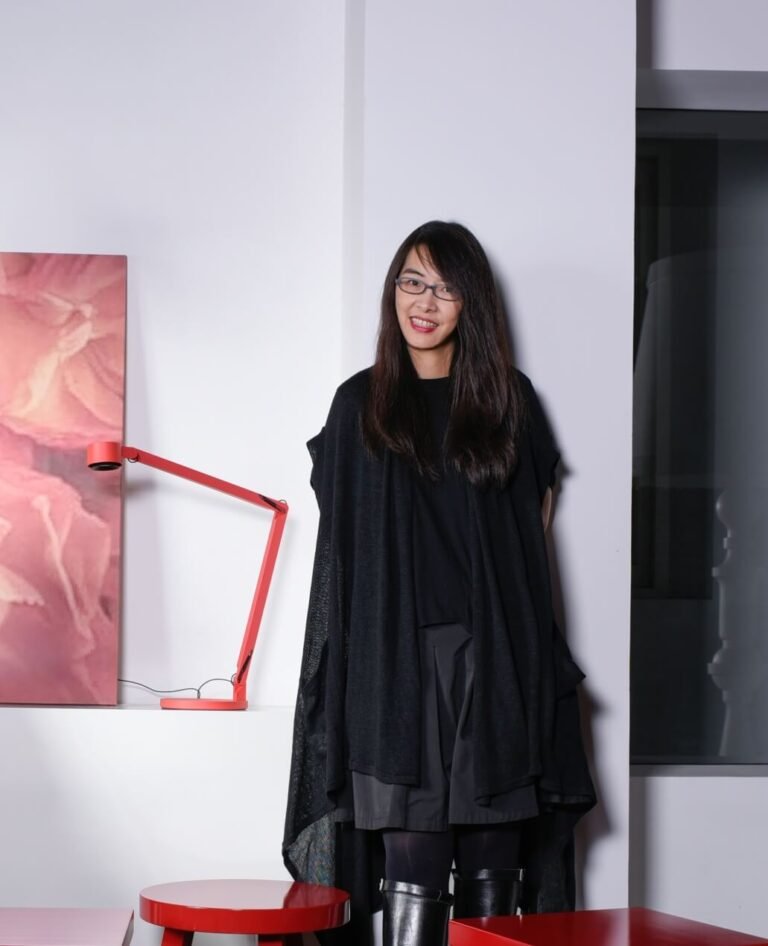Uncover the Story Behind Cini Boeri’s Iconic Strip Couch
In the 1960s, avant-garde artist couple Christo and Jeanne-Claude began wrapping monuments around the world in fabric and rope. A sculpture in the garden of Rome’s Villa Borghese (1963). A gilded statue on Paris’s Place du Trocadéro (1964). The monument to Vittorio Emanuele II in Milan’s Piazza del Duomo (1970). The arresting visuals gave Italian architect Cini Boeri an idea: Why not wrap a sofa? (Christo and Jeanne-Claude had wrapped furniture too, for what it’s worth, but they didn’t exactly prioritize function.)
Strips seats by Cini Boeri in Frank Gehry’s Santa Monica home.
Jason SchmidtThe sofa at The Sea Ranch Lodge, recently redesigned by Charles de Lisle.
Sam FrostBoeri did. In 1968 she began experimenting with simple molded-polyurethane forms that could be encased in removable quilts, almost like her children’s sleeping bags. The so-called Strips series, a name derived from that easy-to-undress design, was practical as ever: “The shell can be slipped off, washed, changed, put back on, and zipped up like a dress over a polyurethane body,” she wrote in 1974. Some of the models even allowed the user to be zipped cozily inside.
The modular seats, sofas, and beds—which looked like building blocks wearing puffer coats—were officially unveiled in 1971 with Italian manufacturer Arflex (they still produce Strips today, from $8,150 for a sofa). By 1979 it had proved itself—it was awarded the covetable Italian design award, the Compasso d’Oro and, as Boeri bragged, “Hollywood actors wanted it,” making it “widely sold in America.”
Cini Boeri’s Strips sofa for Arflex.
Courtesy of ArflexActor Gustavo Salmerón’s home in Madrid.
Gonzalo MachadoToday, as the vogue for modular ’70s seating surges, design people across the globe have declared their allegiance. Starchitect Frank Gehry lives with several pieces in his Santa Monica home. Britt Moran from AD100 firm Dimorestudio, who calls it “a modern classic,” recently placed one in fashion designers Dean and Dan Caten’s London living room. And AD100 talent Charles de Lisle just used a handful of green ones in his Sea Ranch Lodge redo in California. “I’ve always been in love with modern slipcovered furniture from Italy,” he says, calling Strips “modular perfection.” arflex.it



